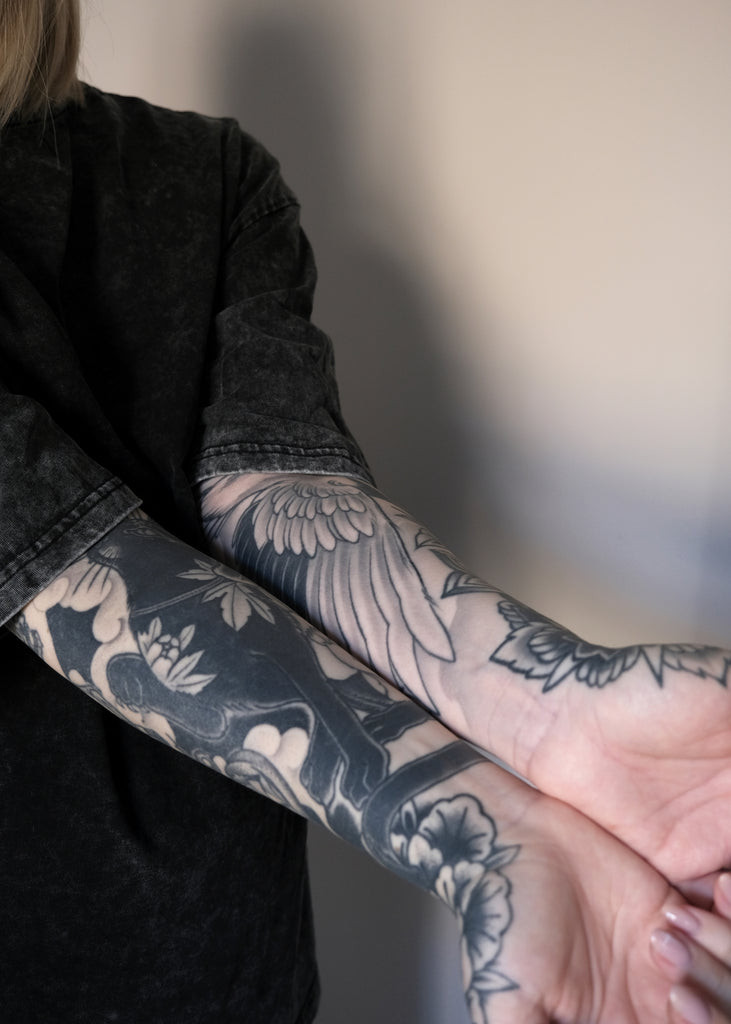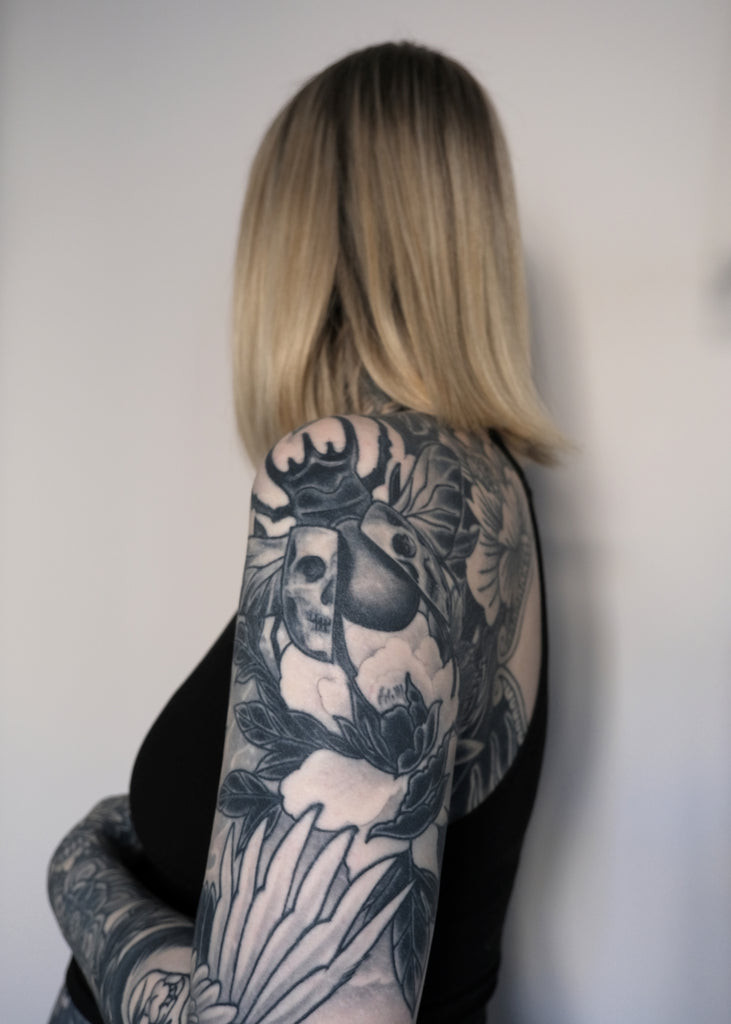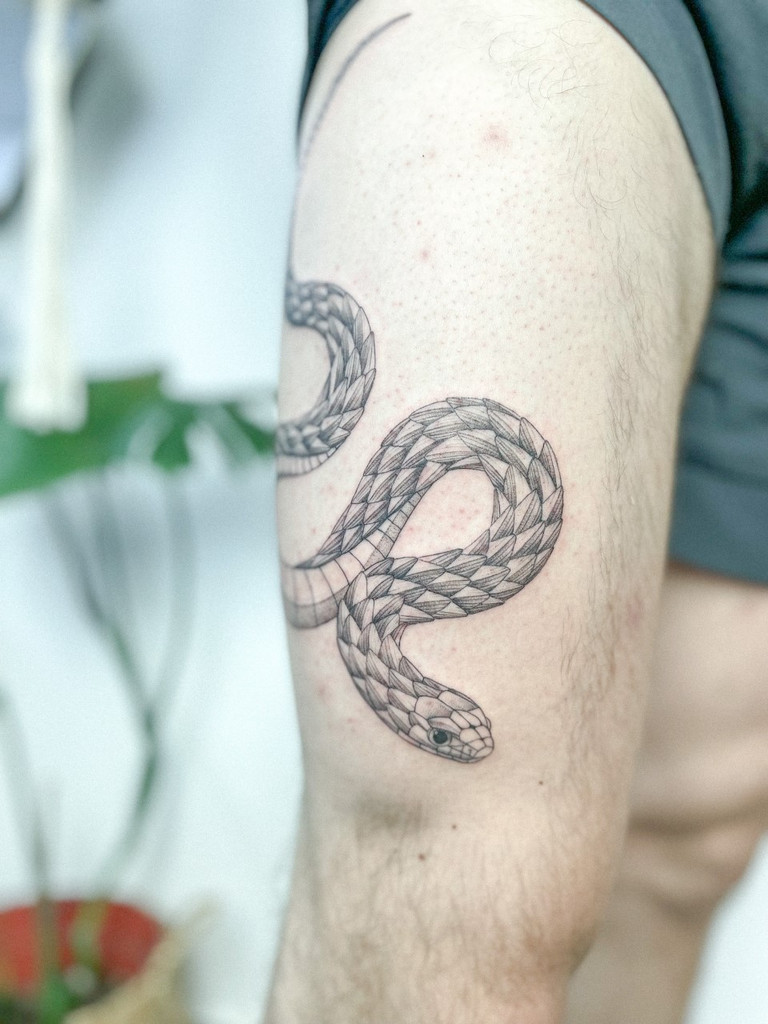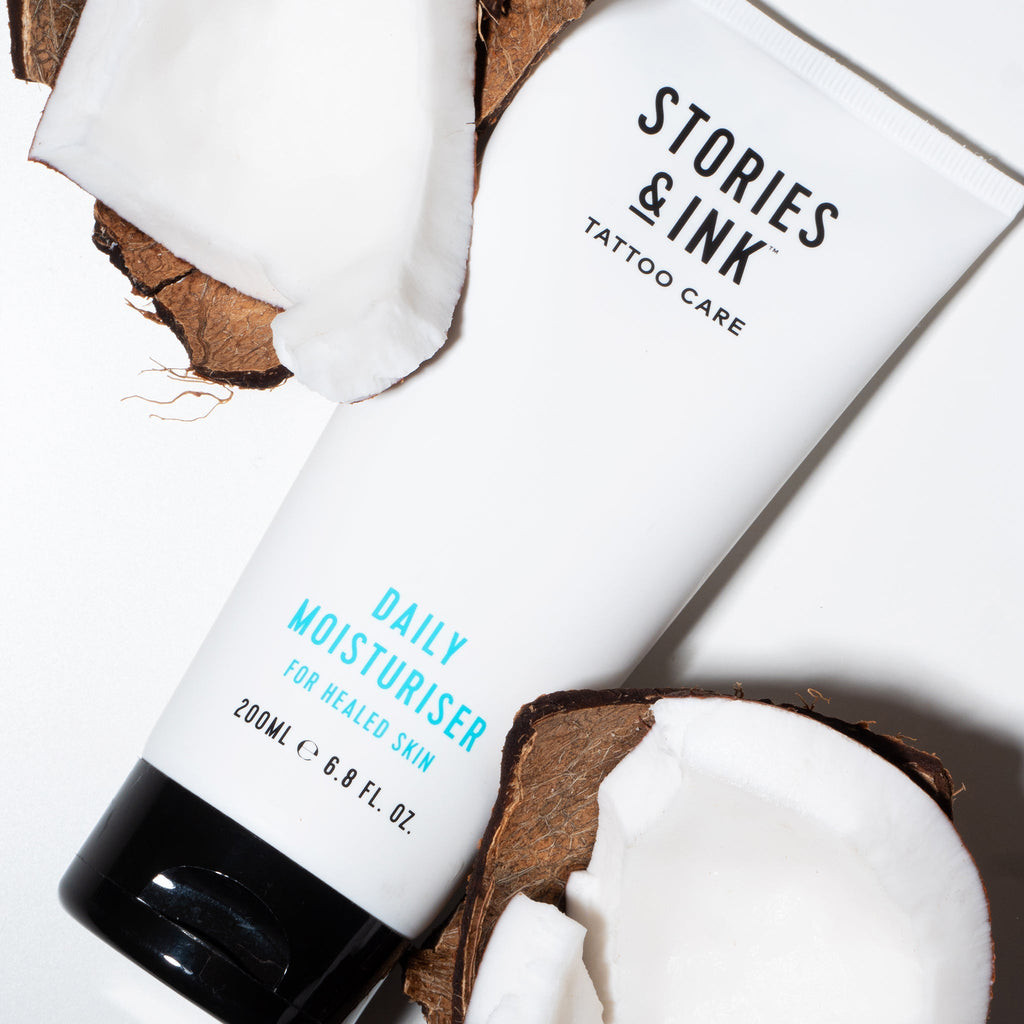Thinking about getting inked but wincing at the thought of the pain? It’s a common concern! Let’s face it, tattoos involve needles penetrating your skin, so some level of discomfort is inevitable. However, the good news is that tattoo pain isn’t uniform across your body. Choosing the right location can significantly reduce the ouch factor, especially if it’s your first tattoo.
If you’ve heard whispers that tattoos are painless, especially from seasoned tattoo enthusiasts, take it with a grain of salt. While some might have a higher pain tolerance or have become accustomed to the sensation, the reality is that a tattoo needle is puncturing multiple layers of skin. But before you abandon your tattoo dreams, know that some areas are considerably less sensitive than others. Let’s explore the body parts where you’re likely to experience the least tattoo pain.
Top Spots for Less Painful Tattoos
Generally, the least painful places to get a tattoo are areas where the skin is thicker, has fewer nerve endings, and is padded with muscle or fat. Conversely, the most sensitive areas tend to be bony, have thin skin, or are rich in nerve endings. Think of areas like your ribs, spine, and feet as examples of higher pain zones.
Based on feedback from both tattoo experts and individuals with tattoos, these locations consistently rank as some of the least painful:
- Forearms: Widely regarded as the easiest spot pain-wise, making it ideal for first-timers.
- Outer Upper Arms: Similar to forearms, the outer part of your upper arm offers a good cushion and fewer nerve endings.
- Outer Shoulders: Another fleshy area with less direct bone contact and fewer nerve endings.
- Outer Upper Thighs: The meaty part of your outer thigh provides a good buffer against pain.
- Calves: With muscle and fat, calves are generally considered less sensitive.
- Lower Back: While some find it more sensitive, many report the lower back as relatively manageable, especially compared to areas closer to the spine.
If you’re new to tattoos, opting for one of these locations can provide a gentler introduction to the tattoo experience. Keep in mind, however, that pain is subjective. Some individuals even report surprisingly low pain levels on areas like their shins, scalp, fingers, and chest! Yet, forearms consistently emerge as the champion of least painful tattoo locations.
 Forearm tattoos
Forearm tattoos
Forearms are frequently cited as the least painful area to get a tattoo. Tattoos by @barbaradzerve.
If you’re still uncertain about the potential pain level of a specific location, Mikkel Elkjaer, Creative Director at Stories & Ink, suggests a simple test:
“Pinch the area where you’re considering getting tattooed. This gives you a rough idea of the potential pain level,” he advises.
 Upper arm tattoos
Upper arm tattoos
The outside of the upper arm is also recognized as a less painful tattoo location.
Factors That Influence Tattoo Pain
Individual pain tolerance varies significantly, and the pain experienced during a tattoo session is influenced by a range of factors. These can include your age, biological sex, the tattoo technique used, the duration of the session, the tattoo artist’s style, and even your own expectations.
Age Considerations
Some research suggests that pain sensitivity may decrease with age, particularly for low-intensity pain. This might lead one to assume older individuals experience less tattoo pain. However, anecdotal evidence from tattooed individuals doesn’t consistently support this.
While some older individuals might experience less intense pain, stamina for longer tattoo sessions can sometimes decrease with age. Ultimately, individual experiences vary greatly. If you have tattooed grandparents, their insights could offer interesting perspectives!
Biological Sex and Hormones
There’s some evidence suggesting that individuals who are biologically female might report higher pain intensity, lower pain thresholds, and lower pain tolerance in experimental settings. Furthermore, hormonal fluctuations during menstruation can also influence pain perception.
It’s worth noting that research in this area is ongoing and requires further investigation before definitive conclusions can be drawn about biological sex and tattoo pain.
Tattoo Style and Technique
The chosen tattoo style can also impact perceived pain. Bold line, color-packed traditional tattoos might feel more intense than delicate fine-line designs. Hand-poke tattoos, applied without a machine, are often reported as gentler and sometimes even relaxing, although some individuals find them more painful than machine tattoos.
Session Length and Tattoo Size
Smaller tattoos generally cause less pain simply because they take less time to complete. Longer tattoo sessions lead to increased skin trauma and irritation, intensifying discomfort. Moreover, maintaining a comfortable position for extended periods can become challenging, further affecting pain perception.
The Tattoo Artist’s Approach
The technique and style of your tattoo artist play a role. Some artists are known for a “heavy hand,” while others might repeatedly wipe the area, adding to the irritation. Ideally, choose an artist known for their gentle touch, if possible.
Psychological Expectations
Your mindset can significantly influence your pain experience. If you anticipate extreme pain, you might perceive the sensation as more intense. Conversely, if you mentally prepare for a manageable experience, it might feel less daunting. As tattoo collector Alice Snape (@alicecsnape) shared about her buttock tattoo:
“I had heard it was incredibly painful, so I was pleasantly surprised that it wasn’t as bad as I expected.”
Daily Wellbeing
Your physical and mental state on the day of your appointment matters. Being tired, hungry, rushed, or stressed can heighten pain sensitivity. Tattoo artist Hannah Kay (@ohkay_dohkay) emphasizes this:
“Lack of sleep or skipping breakfast definitely impacts my pain tolerance. I also tend to feel worse later in the day,” she notes. “If I feel faint, I ask for breaks and keep snacks and drinks handy.”
Tattooing Over Scars or Stretch Marks
Tattooing over scars can be more painful depending on the scar’s depth and size. A consultation with your tattoo artist is crucial to assess the suitability of tattooing over scars and understand potential pain levels. Similarly, skin with stretch marks can be more sensitive, potentially leading to increased discomfort.
Cover-Up Tattoos
Cover-up tattoos, designed to conceal or modify existing tattoos, can sometimes be more painful. This is often due to potential scar tissue from the original tattoo. However, individual experiences vary, and some find cover-ups no more painful than fresh tattoos.
 Thigh tattoo
Thigh tattoo
The outer thigh is considered one of the less painful spots for tattoos. Tattoo design by @mas_tattoos_
Least Painful Tattoo Locations: Gender Considerations
While the general least painful areas apply to everyone, there are slight nuances based on typical anatomical differences:
Least Painful Tattoo Spots for Women
Areas with more fat and fewer nerve endings, like the outer shoulders and outer upper thighs, are often cited as less painful tattoo locations for women.
Least Painful Tattoo Spots for Men
The arms, especially the forearms and outer upper arms, are frequently mentioned as the least painful areas for men. This makes these locations ideal for larger pieces like half or full sleeves.
Preparing Your Skin for a Tattoo
Regardless of the location, preparing your skin can contribute to a smoother and potentially less painful tattoo experience. Using a quality moisturizer like Stories & Ink Daily Moisturiser in the weeks leading up to your appointment can help hydrate and nourish your skin. However, avoid applying moisturizer on the day of your tattoo, as it can interfere with stencil application. Exploring dedicated tattoo aftercare products is also recommended for optimal healing post-tattoo.
 Stories & Ink Daily Moisturiser
Stories & Ink Daily Moisturiser
Stories & Ink’s Daily Moisturizer
For a comprehensive guide on pre-tattoo preparation, refer to our preparation guide. By taking proactive steps, you can aim for the least painful and most enjoyable tattoo experience possible.

